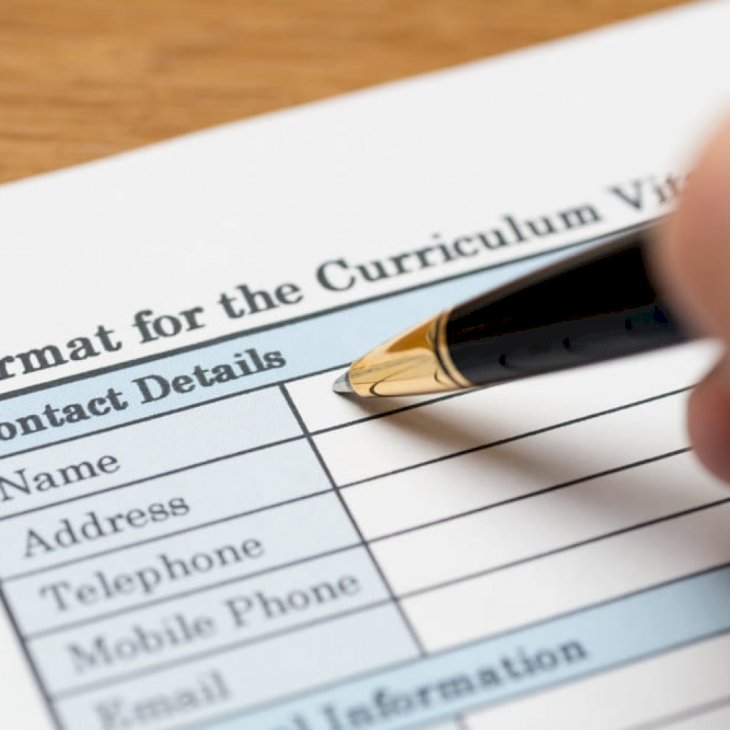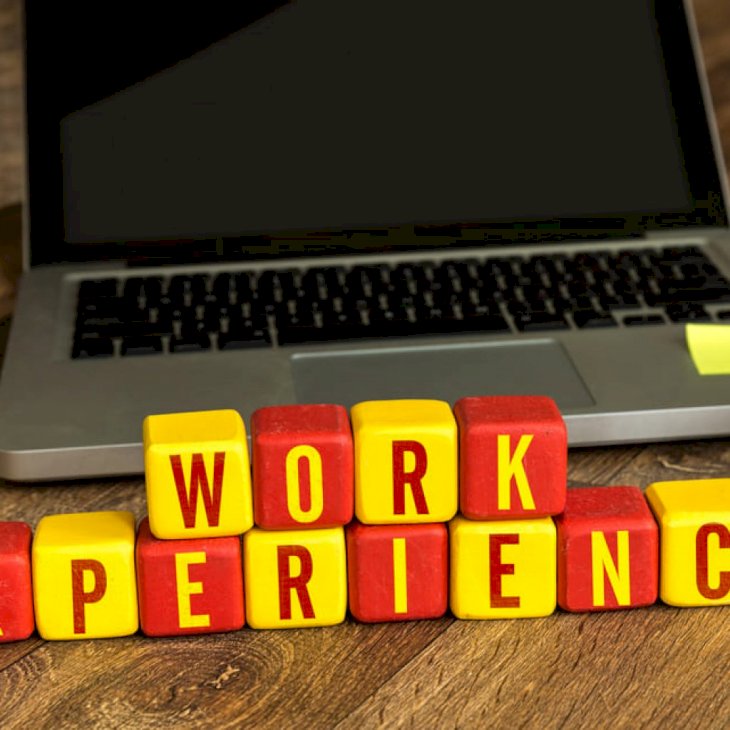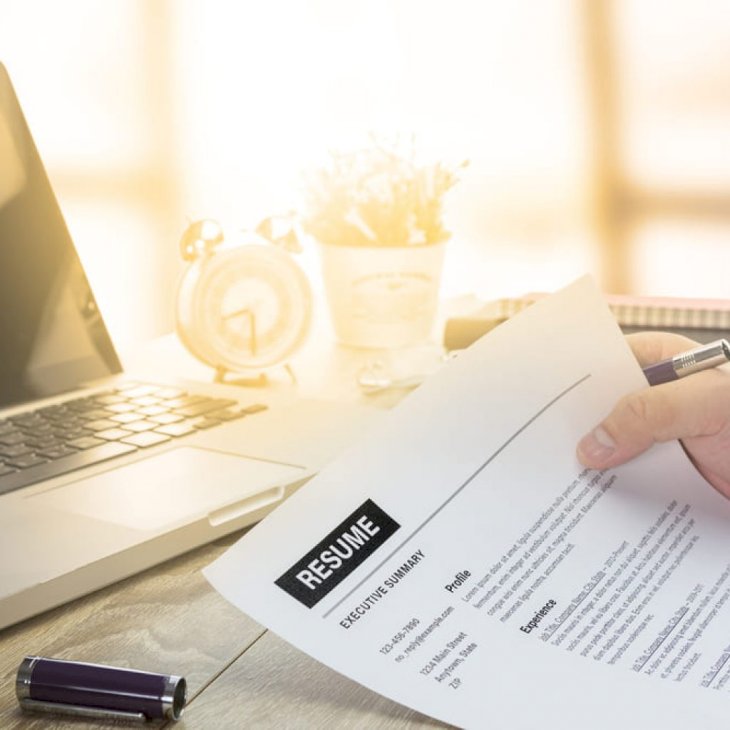
Create A Flawless & Impressive Resume
Writing the perfect resume is often a daunting task. In fact, a recent TopResume study revealed that only 24 percent of professionals are “confident in their resume-writing ability.” That indicates that the vast majority of people are in fact insecure about their resume. Another study conducted by TopResume revealed that those who have a professionally written resume hold a competitive edge over those who use a self-written resume.
Not only are they more likely to be hired but they are also more likely to earn more than those using a self-written resume. Thus it is important to consider a resume rewrite. Whether you plan to use a professional resume-writing service or pen a more professional resume yourself it takes planning. Here are some tips to create a comprehensive and professional resume.
1. Pick Your Format

Shutterstock
The best way to tackle resume writing is to first pick a layout guideline. Resume builders are a great tool to take all your basic information and organize it. This cuts down the amount of formatting you will need to do. Alternatively, use a pre-made outline like free Google Docs templates.
Start with a simple layout that you can slowly upgrade to more advanced ideas. This allows you to correct, edit and re-edit until the resume format suits your individual needs. In the end, it should give the employee a well-rounded view of you.
2. Basic Information

Shutterstock
Begin your resume with your contact information and include anything that will ensure a recruiter can reach you. Ensure to include your full name, phone number, personal email address and social media accounts like LinkedIn or your personal website.
If you are open to moving leave out your address or write “open to relocating” so that they are aware that you are still a viable candidate for the position even if you are not living close by. This is especially important if you are applying for a full-time job that requires you to come into the office.
3. Work Experience

Shutterstock
The beginning of your resume is just a short sweet introduction to who you are and what you stand for. This section, on the other hand, is more in-depth and considered the most important part of the resume. It covers where you have worked, what you did at work and the impact of that work. This is important as it gives the interviewer a sense of your background, abilities, and expertise.
“Work Experience” is often a category on its own. It can be broken down further into “Relevant Experience” and “Additional Experience.” When listing your work experience ensure you include each official job title, the company and the year you started and left the job. Then under each company and job title write a shortlist of your responsibilities of the position.
4. Volunteer Work or Other Experience

Shutterstock
After listing all the relevant and "important" parts of your work experience, bulk up your resume with mentions of side work, volunteer work, special projects. These can be listed under “Volunteer Experience” or “Activities” and can help improve your standing out from other candidates as you will appear more well-rounded, passionate, and hardworking.
Recent graduates can include on-campus activities, such as clubs, organizations, or leadership experience in this section. This is a good way to make up for the lack of experience in a work environment. It should be written in a similar layout as the professional jobs with your title, the organization’s name, and bullets describing what role you played.
5. Education

Shutterstock
This section is especially important for those who are still in school or just graduated. Include your education at the top of your resume. For those who have been working this section gets pushed down after your work experience etc. Include the school you attended and the year you graduated as well as your major, and degree.
Graduates can also include their GPA, honors and awards, study abroad, thesis, or other notable achievements. Also mention any unique educational experiences, such as online courses or certification
6. Skills and Interests

Shutterstock
This section is like sprinkles on a cupcake. It enhances what is already perfect. This section should be a quick list. It aims to display your skills so that the recruiter can decide if you are the right fit for the job. It is also ATS- friendly. ATS is a robot system companies use to read resumes before the staff does to ensure only the best applications are selected.
This section is usually one of the last unless the work you are applying for is skills-based or you are switching fields. Make sure you include hard skills and applications you can use like Photoshop, SEO, and JavaScript. Avoid including soft skills such as time management or public speaking. Tailor this list to the job you are applying for.
7. Tailor Your Resume

Shutterstock
After going through all the steps and ensuring you haven't missed any vital information, it is time to refine the resume. Go back to the job description and tailor your resume to match with the keywords the employer used to describe their perfect candidate.
Also, proofread the entire document to ensure there are no typos or grammar errors. Get someone else to read over it to ensure it all makes sense and gives the desired impression to the reader. Lastly, ensure it is in the format the employer requests before submitting it.